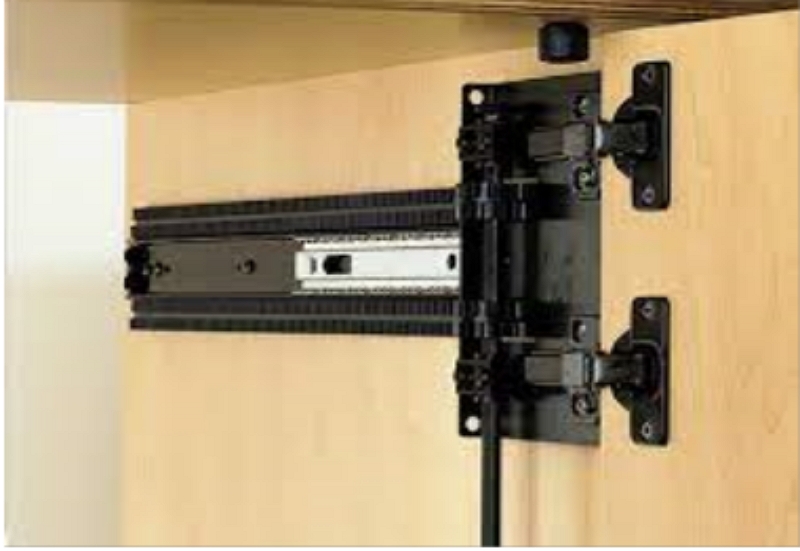Swivel pocket door installation is quick and easy. In this article, we will show how to install a swivel pocket door in your home or office. If you want to avoid the common mistakes that people make when installing these doors, follow our step-by-step instructions on how to install a swivel pocket door.
Steps on Installing Swivel Pocket Door
Step one: Survey your space. You need to make sure that you have enough room for a pocket door before starting the installation, so take note of any obstacles in the way. If there is an obstacle like furniture or walls, move it if possible and adjust your measurements accordingly.

Step two: Set the first panel into place. The bottom of your pocket door should be flush with the floor, and it should also be level from side to side. Lean one end against a wall or piece of furniture for support while you adjust the other end until it is even.
Step three: Attach the top of your door to a header that is securely mounted. The frame should be level and plumb before attaching it, as well as make sure you are using screws that can hold up to 200 pounds per square inch (psi).
Step four: Install the bottom rail with two long carriage bolts on either side of the door.
Step five: Install a closer to make your pocket door slide easily and quietly. Measure how far away from the edge of the rail you want it installed, then attach with screws or bolts as needed.
Step six: Attach mounting brackets for rails on either side of where you want them positioned (if applicable). If they are not pre-attached, you will need to install them on either side of the door.
Step seven: Attach the rails with screws or bolts as needed and confirm that they are parallel to one another. If they aren’t, there may be a problem with how your pocket is installed.
Step eight: Slide in your sliders.
Step nine: Attach the end caps or rails-to-end caps with screws.
Step ten: Clean up any debris and you’re good to go!
What is Swivel Pocket Door?
A Swivel Pocket Door is a type of door that has one normal-sized opening and an extra small pocket door at the side. It is installed in place of your current doorway or wall, which means there will be no need to modify how you use the space.
The swivel opens from either the right or left depending on how you install it, so the door feels like a normal doorway.
Advantages of Swivel Pocket Door
You can enjoy the convenience of a normal door without sacrificing all those extra square feet.
The pocket-size is great for keeping pets and small children out of rooms you don’t want them in.
It’s perfect for an RV or tiny house where space needs to be maximized, such as with a loft bedroom that’s limited on how many steps you can take up.
The pocket door is perfect for tight spaces where swinging a regular door would be impractical or impossible, such as in a hallway with solid walls on both sides; an entryway that has no space to swing open the standard door without hitting anything else; or when there’s not enough room at the side of the door to swing it open.
One benefit for apartment dwellers is how easy these doors are to install and uninstall on a whim, meaning you can move them from one place in your home to another as needed without any permanent installation necessary.
These types of doors can also be used in large homes where they serve as an exit or entrance to a room.
Swivel pocket doors are also great for sliding in tight spaces, such as when you’re trying to get by with minimal space at the side of the door frame and don’t want anything bumping into your swinging door.
How to Prevent Damage on Swivel Pocket Door
If you’re using a door that slides, how will you stop it from getting damaged?
This is where the pinch point comes in handy. A little bit of excess material or an extra piece of hardware at the top and bottom of your opening can help keep the door from rolling up the frame.
The pinch point should be at least one inch in length and positioned about two inches away from the entrance or exit of your opening, depending on how thick the door is.
You’ll also want to make sure that you’re not using a heavier material for this extra piece than what’s going to be on the actual door, or you’ll have a really difficult time getting it to slide.
To complete this installation, use your extra piece of hardware as an anchor for the bottom and top pieces of loose material that will be attached to the frame with screws.
When you’re finished installing all four pinch points, take one final step to cover up the hardware on each side of your door.
This will help disguise how the new mechanism is working and keep it looking as seamless as possible for those around you.
